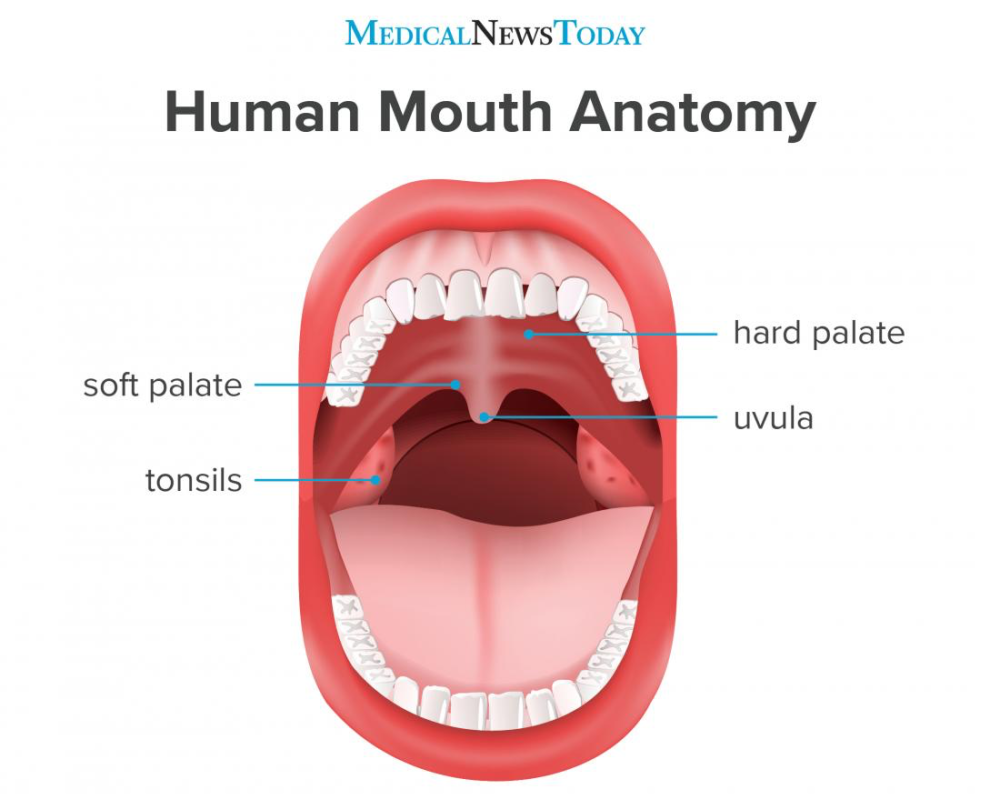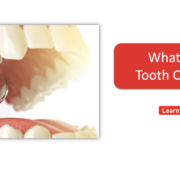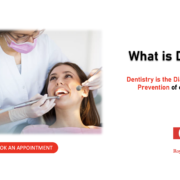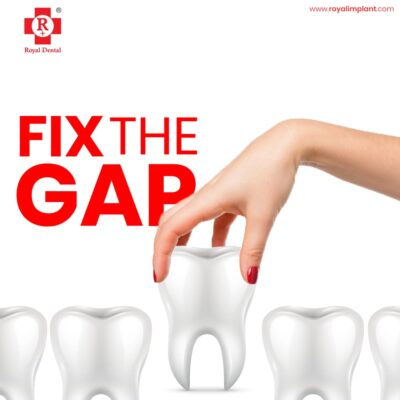The buccal cavity is the space in your mouth between your lips and your gums. It’s home to the bony part of your cheeks, your teeth, and most importantly for this blog post, the soft palates on either side of your face. This article provides a detailed overview of the buccal dental cavity as well as information about its role in speech production. Moreover, you will learn about the anatomy of the this cavity including its anatomical landmarks and its subdivisions, functions of the buccal dental cavity, and what problems it can cause.
Anatomy of the Buccal Cavity
The buccal cavity sits between the upper teeth and the lower lip. It is divided into two parts: an anterior (front) and a posterior (back) part. These parts are marked by the maxillary and mandibular teeth respectively. The maxillary teeth (e.g. incisors, canines, premolars, and molars) are located anteriorly, whereas the mandibular teeth (e.g. premolars, molars) are located posteriorly.

The palate is the roof of the buccal cavity. The anterior portion of the roof is covered by the mucosa, whereas the posterior portion is covered by the soft tissue of the palate. The palate forms the roof of the pharynx, and the entire buccal dental cavity is also referred to as the mouth. The walls are composed of the skin, the mucous membrane, and the muscles that move the lips and face. The blood supply to the buccal dental cavity is provided by the lingual artery and the facial artery, which run in the inter-mandibular space. The veins of the buccal cavity drain into the internal jugular vein.
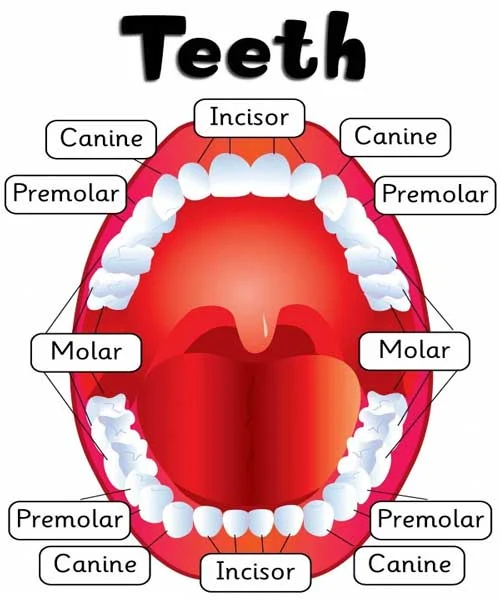
Functions of the Buccal Cavity
The buccal cavity serves as the entrance for food and liquid intake.
They are also used for the production of sound during speech.
If stores certain substances, such as the salivary glands that store saliva and the mucosa that produces dental plaque.
It also contains the teeth, which are the organs used for cutting food.
The buccal dental cavity is also used in the secretion and excretion of certain substances.
The main function of the buccal cavity is to serve as an entrance for food and liquid intake. Buccal cavity is the mouth area that is composed of the lips, the teeth, the gums, and the palate. Food and beverages enter through the buccal cavity, and they pass through the oropharynx and enter the esophagus.
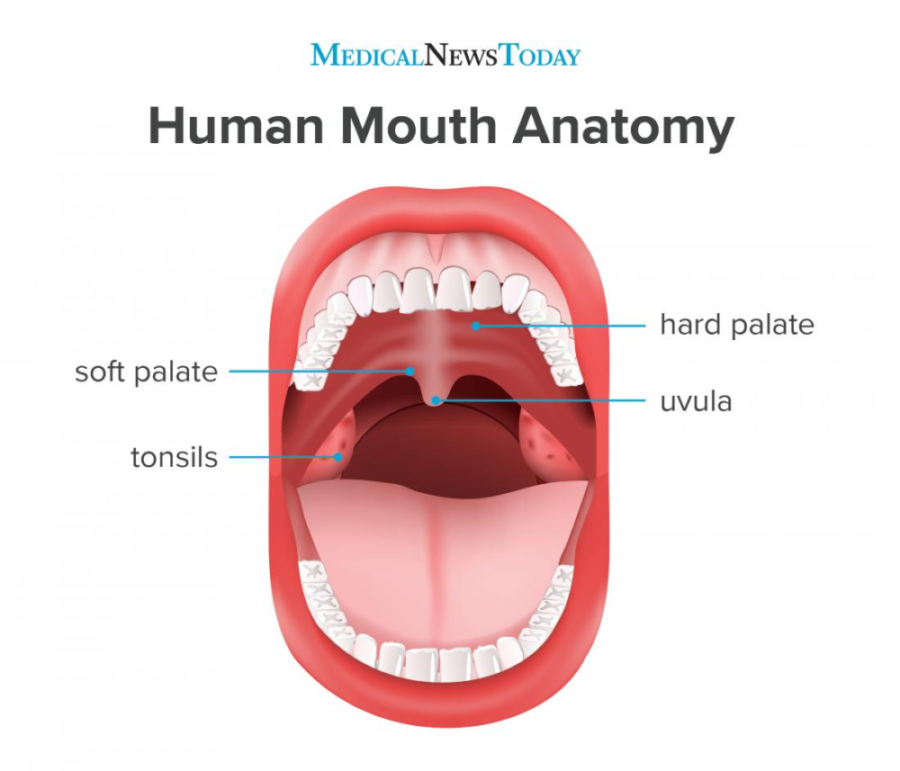
What problems can Buccal Dental Cavity cause?
The buccal cavity can cause a variety of issues. It is important to have a balanced oral microbiome and to maintain a healthy diet in order to keep healthy. For example, an imbalance in the oral microbiome can result in a condition called dental caries, which is otherwise known as tooth decay. This happens when bacteria feed off sugary and starchy foods, producing a substance that degrades tooth enamel. This can lead to cavities that are filled with bacteria and cause pain and infection.
There are also more serious issues that can arise from a build-up of bacteria, viruses and fungi in the oral cavity. The oral cavity can act as a gateway for viruses and bacteria to enter the body through the mouth. This can lead to viral infections such as the common cold, and bacterial infections such as tonsillitis and strep throat.
Conclusion
It’s the surface of the back (molar and premolar) teeth that is used for biting or chewing. Buccal is the tooth surface that faces the outside of your mouth. It is the tooth surface that is closest or next to your cheek. This serves as an entrance for food and liquid intake. It is also used for the production of sound during speech. It also stores certain substances, such as the salivary glands that produce saliva and the mucosa that produces dental plaque. The teeth are also used for cutting food.

